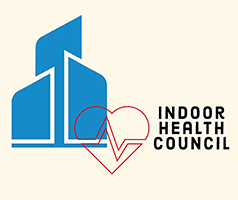ICM – Part Three – Sampling and Interpretation
By R.W. Powitz
Now that we’ve defined a single measurement objective, we have to consider how to set up our sampling plan, select and use the measuring tools, and, interpret the outcomes.
Good measurement begins with sampling. The objective of sampling is to get a set of measurements that are representative of the source under investigation. To do this, we need to develop a sampling plan that accomplishes three very important goals. The first is to match the sampling methods and tools to the questions we want answered. While this may seem intuitive, all too often we sample for one thing or at a given site, when we want something completely different. For instance, we sample for mold when we actually should be looking for the source of wetness. We need to target our actions. Sampling for sampling sake, really makes no sense. Secondly, we need to eliminate bias. Sampling should ensure neutrality. We should never predict the outcome before we actually take the measurements.
Finally, we need to develop a sampling scheme and sampling strategy that is repeatable, so that we can go back and verify our findings if needed. If we plan it well, we can use the same sampling scheme in a similar situation or even expand on what we do without redoing everything. Repeatability is also credibility.
Before we leave this topic, there are two important things to remember: First, encourage data sharing. The more information we share with one another, the better is the feedback. In fact, by sharing your findings, you may get some excellent suggestions and recommendations. Secondly, never use sampling or monitoring data punitively. Always use these data constructively to change methods, materials and behaviors for the better.
For more information, visit www.sanitarian.com




